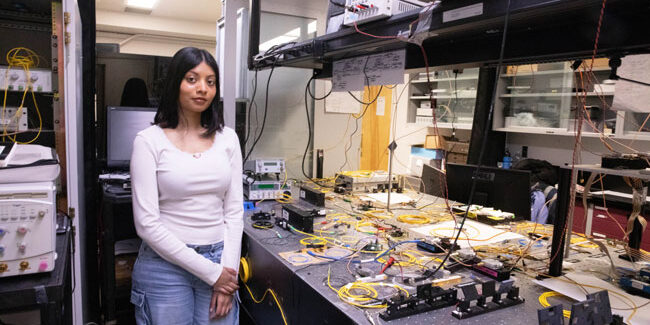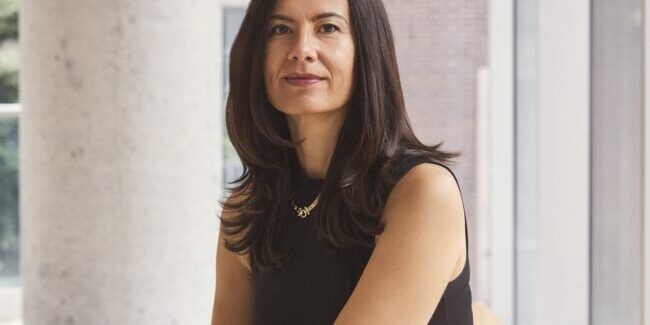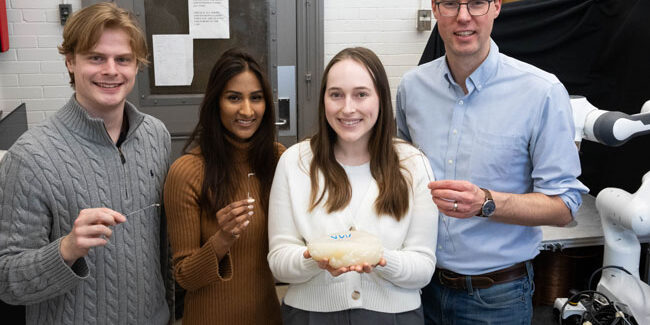U of T Engineering student Peter Wen (Year 4 MechE) does his best problem solving when he gets in a room with other entrepreneurs.
Wen launched his company, TeleHex, out of The Entrepreneurship Hatchery in 2015. After running a successful Kickstarter campaign that almost doubled its target, it was time for Wen and his co-founder Rishi Persad to start fabricating and fulfilling orders of their unique telescoping hex-key tool.
But when they received their second shipment of TeleHex parts from the manufacturer, the quality wasn’t up to Wen’s standards. Disappointed with the vendor but unsure what to do, he consulted his fellow founders at a student entrepreneurship pitch competition. Many had experienced something similar, and by the end of the day he had a promising recommendation for a new provider.
“It’s been a recurring theme for me,” says Wen. “The most important business troubleshooting sessions have happened face-to-face, with likeminded people who are experiencing many of the same things I am.”
The Centre for Engineering Innovation & Entrepreneurship (CEIE), U of T Engineering’s newest building, is designed to spark organic collaborations like these. When it opens in April 2018, it will be a new home for the Hatchery, providing space for aspiring entrepreneurs to meet, design and fabricate their first prototypes — enabling students to move from idea to product more rapidly.
Wen had to fabricate his first TeleHex prototypes in the machine shop of the Department of Mechanical & Industrial Engineering — he estimates he spent upwards of a thousand hours there. Now, students will have direct access to laser cutters, state-of-the-art 3D printers and a full suite of tools in the CEIE. “If they say it takes 10,000 hours to become expert at something, I’m almost an expert on the lathe,” says Wen. “Having tools and equipment right there will be a game-changer… I’m envious of the next generation.”
Wen has also been an active member of U of T Engineering’s Human Powered Vehicle Design Team, working on several iterations of its world-class speedbikes. The lower level of the CEIE will be a new home for student clubs and teams, including design/meet rooms, fabrication equipment, and project storage space. Wen argues that flexible facilities like the CEIE are where big ideas — whether for a new business or a better vehicle design — take shape.
“The way I would frame my revelation is that once you’re engaging in activities that interest you, that are close to your heart, you will naturally meet others in similar spaces. Just by the process of selection you’ll be compatible as friends, partners, collaborators,” he says. “That’s what the CEIE will be: a place where student teams and entrepreneurs will get together under one roof and hopefully have this free flow of ideas.”




